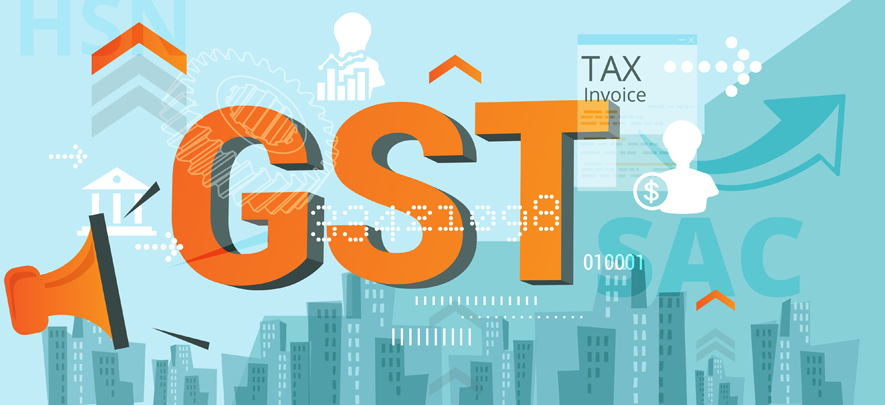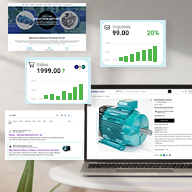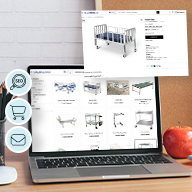New GST filing system will bring Diwali cheer for MSMEs

GST
271 week ago — 4 min read
The GST council in its 31st meeting held on 22 December 2018 announced a transition plan for taxpayers which will simplify the return filings. This will benefit the MSME sector and small businesses by making the return filing procedure more functional and streamlined and thereby giving them more filing options.
The process has already begun and has been on trial since July 2019 and will be full-fledgedly active from October 2019. There are three main parts of the new return are:
-
One main return FORM GST RET-1
-
Two annexures FORM GST ANX-1 and
-
FORM GST ANX-2
The following are the benefits small businesses and MSMEs will get:
1. Compliance-friendly
Small businesses can now report sales invoice in ANX-1 as and when they want before a deadline. This has been made possible by ‘upload-lock-pay’ facility. The annexure forms namely ANX-1 and ANX-2 will now be auto populated into the main return i.e. RET-1/2/3 to be filed by 20th for monthly filers and 25th of the month for quarterly filers.
At present the MSMEs having an annual turnover below INR 5 crore constitute nearly 93% of the tax base in India but don’t contribute to GST. Small taxpayers who have a turnover below INR 1.5 crore have been filing the quarterly GSTR-1. The limit now has been raised to INR 5 crore. This was done to ease the process of doing business.
Also read: Last date to file GST annual returns extended to 30 November
In addition to the above scheme, taxpayers can now opt for any of the following returns:
Sahaj
Form name: RET-2
Applicability: For businesses making B2C supplies having an annual turnover of less than INR 5 crore
Frequency: Quarterly
Sugam
Form name: RET-3
Applicability: For businesses having an annual turnover of less than or equal to INR 5 crore and making both B2B and B2C supplies.
Frequency: Quarterly
Normal
Form name: RET-1
Applicability: Applicable for businesses having an annual turnover of less than or equal to INR 5 crore
Frequency: Quarterly
Normal
Form name: RET-1
Applicability: Applicable for those with annual turnover of more than INR 5 crore.
Frequency: Monthly
Also read: How to change GST registration details of a business?
2. Ease of filing returns
As mentioned above, small taxpayers can opt for any of the above four returns and they can complete the filing process in a shorter duration. You can also switch between the three quarterly return types at the beginning of the quarter.
3. Payments delay issue resolution
MSMEs who are registered under the MSME Act of 2006, MSME Samadhaan have something to worry about, especially if they are catering to businesses who file their returns monthly. So, these MSMEs usually select quarterly filing of returns which can delay the uploading of invoices. This delay in turn leads to delay in ITC claims holding back the payment to MSMEs.
This limitation can hamper the business relation between big and small businesses forcing the filing of monthly returns. At present, sales details need to be uploaded after the quarter is over but the new filing system ensures update of invoices as per the convenience of the supplier.
The GST policy surely looks promising for small businesses who have been struggling with a proper business system for long and will help taxpayers easily file for compliance.
Also read: What are the objectives of an Annual General Meeting of a company?
Image courtesy: shutterstock.com
Posted by
GlobalLinker StaffWe are a team of experienced industry professionals committed to sharing our knowledge and skills with small & medium enterprises.
Network with SMEs mentioned in this article
View GlobalLinker 's profile
Most read this week
Trending













Comments (1)
Please login or Register to join the discussion